-
Posts
587 -
Joined
-
Last visited
-
Days Won
10
Content Type
Profiles
Forums
Events
Store
Downloads
Gallery
Posts posted by CSM101
-
-
I guess I can't make a guess as I think I know what sword it is.

C´mon, Jussi! Don´t be so shy.

Uwe G.
-
Oooosuriage, mumei, kinzoganmei

Uwe G.
-
-
I think that we should discuss the whole situation in Utrecht. Many of us will be there (I still hope for that).
And then we should decide, what to do. Money shouldn´t be the problem.
Uwe G.
-
My question is: What do I have to do to get a catalogue?
Uwe G.
-
I would say: "Let´s wait and see!"
Just because I am one of the first victims in a case like that.
Uwe G.
-
 1
1
-
-
-
Dear Cerjak,
in the end it is the question "What is it and what is it not?" It is a katana, osuriage, mumei (shortened and unsigned). Judging by the shape and the tang
it is not ShinShinto or Shinto. So it is Koto. And end of the Koto period = Sengoku.
Hada is ko itame (pic 4). It is not Ayasugihada. For comparison 2x Gassan.
You cannot find some special traits in the sword because it is a kazuuchimono (mass production). And most swords came either from Bizen or Mino.
I think Mino is more likely.
The defects in pic 3 and 6 are fatal. So the value is less than zero. From a collectors point of view.
Sorry, if I got you depressed by now. But don´t worry. My first sword was even worse.
Uwe G.
-
"Can this sword be identified on the basis of these high definition pictures?"
Simple question, simple answer: No.
And I think that even with the sword in hand you will only get time and province. My best guess would be something Mino-related. Sengoku.
Uwe G.
-
Do we have any members in Finland ?? I have a package sent USPS and they lost it !! says it has been there for 11 days and nothing else
Fred Geyer
Jussi Ekholm ; Tampere, Finland
Uwe G.
-
I think most of you already read the new article by Darcy. But here is a not so well known photo. And I think now you can see, why Sanchomo is such a powerful and graceful sword.
The article: https://yuhindo.com/ha/
On the other hand there is an utsushi by Ono Yoshimitsu and you see he is very close to the original.
Uwe G.
-
Here is new post from Darcy´s website with a request for stories: https://yuhindo.com/ha/
Seems so that I have to put some stories together about "The vampire from Munich".
Uwe G.
-
 3
3
-
-
Dear members,
a new book about "Japanische Schmiedekunst" or "Japanese Art Smithery" is new on the market.
Here you can find some Infos: http://rudolfdick.com/neues-buch-japanische-schmiedekunst/
And if you think I recommend this book just because a photo from my side found it´s way into the book then you are absolutely right!

On 25.05.2018 Dr. Rudolf Dick will hold a lecture in Munich, Movimento, Neuhauser Str. 15.
Hope to see you there.
Uwe G.
-
 3
3
-
-
-
-
-
Dear members,
last Saturday the meeting of the NBTHK-EB was in Berlin at the Samurai Art Museum. Members from the Italin Branch, Sweden, Finland, Austria and Switzerland attended the meeting.
Guests from Russia were also there. Members of Token Society of Great Britain, members from the Katchu Society and some Germans. That was really a huge meeting.
Nearly sixty people.
First we had the chance to know each other. Then Prof. Kremers introduced Mr. Peter Janssen, the private owner of the Museum and Ms. Martyna Lesniewska M.A..
Ms Lesniewska studied Japanese and East Asian art history and is a scientific researcher at the museum.
After that the doors were opened and we all together had the chance to see the exhibition.
After a short lecture about handle and care by Mr. Paul Bowman and Uwe Heinz 4 blades were provided for an appraisal.
Rai Kunitoshi - Juyo token
Rai Kunitoshi - Juyo token with a sayagaki by Tanobe-san for Ryokai
Rai Kunimitsu - Tokubetso Juyo token and
Bizen Unji - Juyo token
All blades are unsigned. The Rai Kunimitsu bears a kinzogan mei.
A fifth blade you could study and give your opinion. It was a signed Nobukuni katana and the second Tokubetso Juyo token.
So, the blades together with the armor made this one of the highlights this year. At 6.00 pm we all went to a restaurant nearby. It was a long evening.
Once again I want to thank Mr. Peter Janssen and Ms. Martyna Lesniewska for this oportunity, the friendly welcome and for the organisation af this meeting.
Uwe G.
-
 3
3
-
-
-
Hello George,
I think you are a victim of your own imagination. I cannot find or see a cylinder or letters.
Even with the mighty power of C.S.I. (means PS, LR, Photozoom 7 pro, convert into 3D, etc.. ).
I hope, that one day you show us the photo of the coloured samurai.
Best regards
Uwe G.
-
-
Try "archives" February. Catfishing.
Uwe G.
-
Wanna see "Dumb and Dumber"?
Uwe G.
-
 1
1
-
-
-
Hi Alex,
I don´t know where the sword was found and in what kind of condition it was. I can only speculate on your photos.
Three points: the tip is too long and in a certain part the edge is too sharp for an old sword.
The bending seems to be new. I do not know how much you paid for the sword. The last chokuto (rusted) I know of was sold for 400 EUR.
Uwe G.




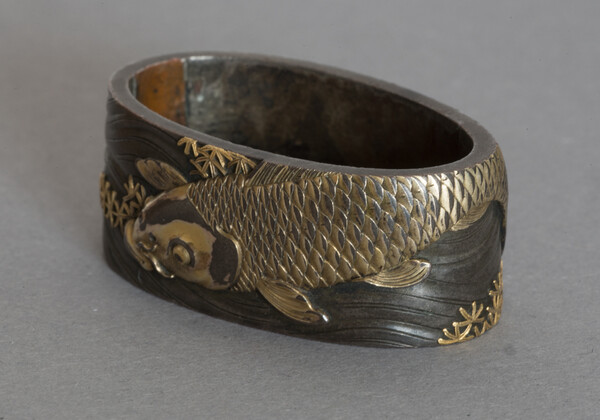
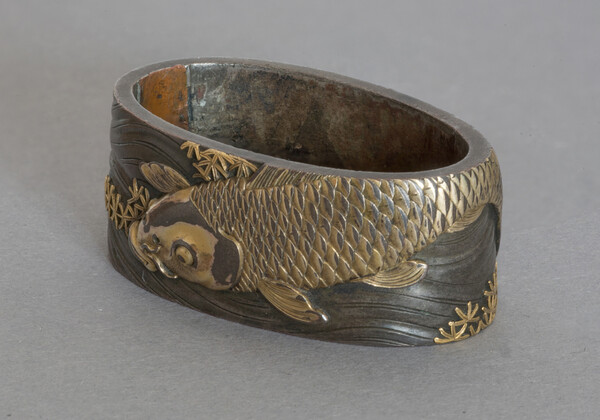


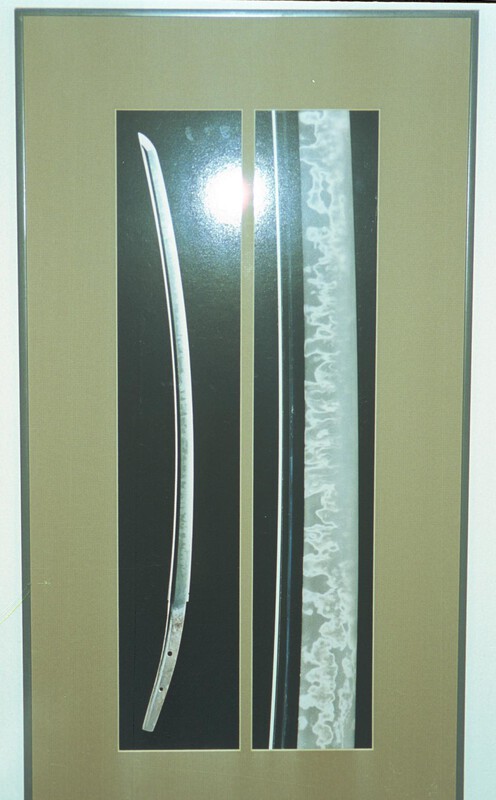


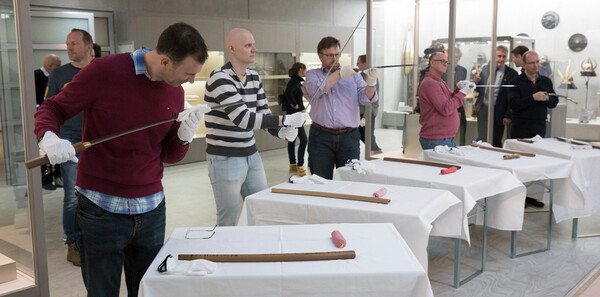

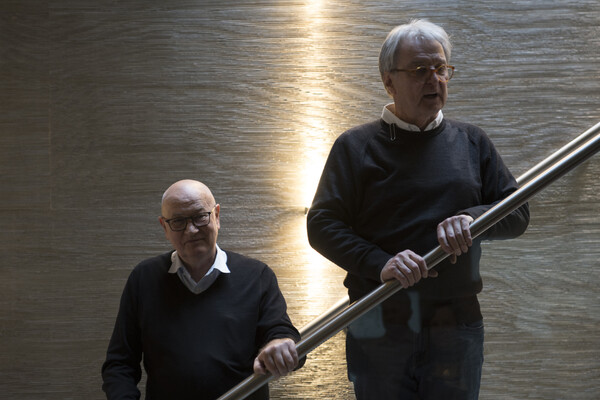
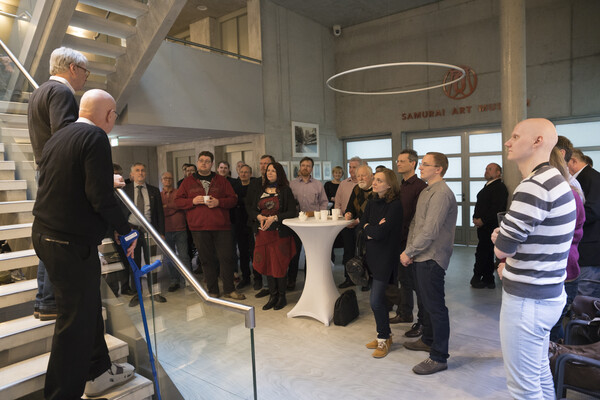
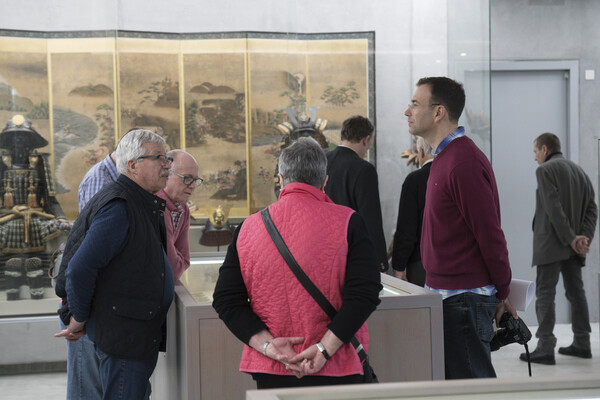
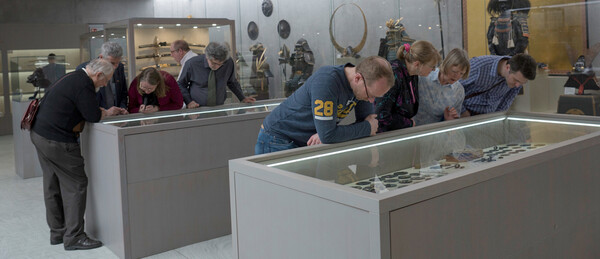
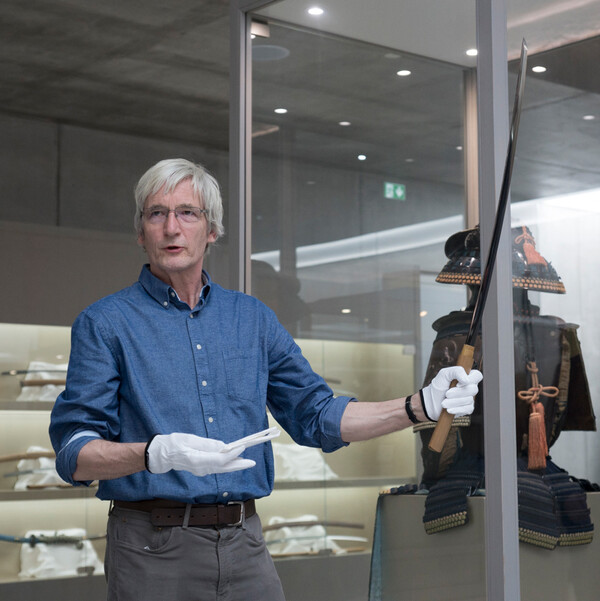
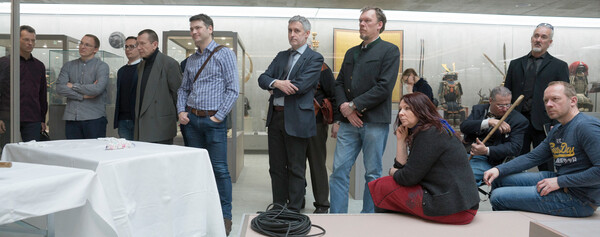

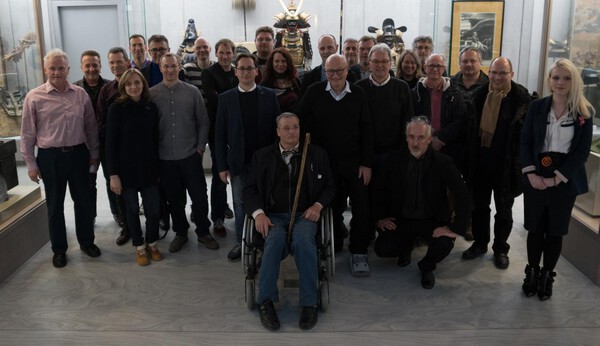

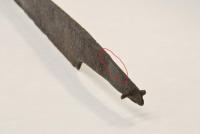
Kantei By Photo - June
in Nihonto
Posted
Dear members,
first of all I have to apologize: I promised not to show a photo of the whole blade. The full size image you will find in a catalogue. Or maybe online. Copyright, rights of use, you know….
And I thought, this would be simple, because itame-hada, suguha-hamon, nie-utsurie = Yamashiro. And we discussed the problem Enju/Rai-boshi several times:
http://www.militaria.co.za/nmb/topic/21757-enju-blade/?hl=%2Benju+%2Bboshi
http://www.militaria.co.za/nmb/topic/17445-when-is-a-boshi-worth-15000/?hl=%2Benju+%2Bboshi&do=findComment&comment=179873
So this is indeed a Tokubetsu Juyo Token - Rai Kunimitsu. And as Darcy always mentiones: an archetype Rai Kunimitsu. If you are confused by the marumune, this is probably the only one known with it.
Most European collectors had a chance to hold and study the blade in Berlin. You have now the possibility to compare with “Selected fine Japanese Swords from European NBTHK collections”, page 82- 85.
Since you only got a part I will not make any further comments about the blade, school, what are the points in kantei, etc. You all did great with your comments.
Next time hopefully a whole blade again. Or not…
Uwe G.